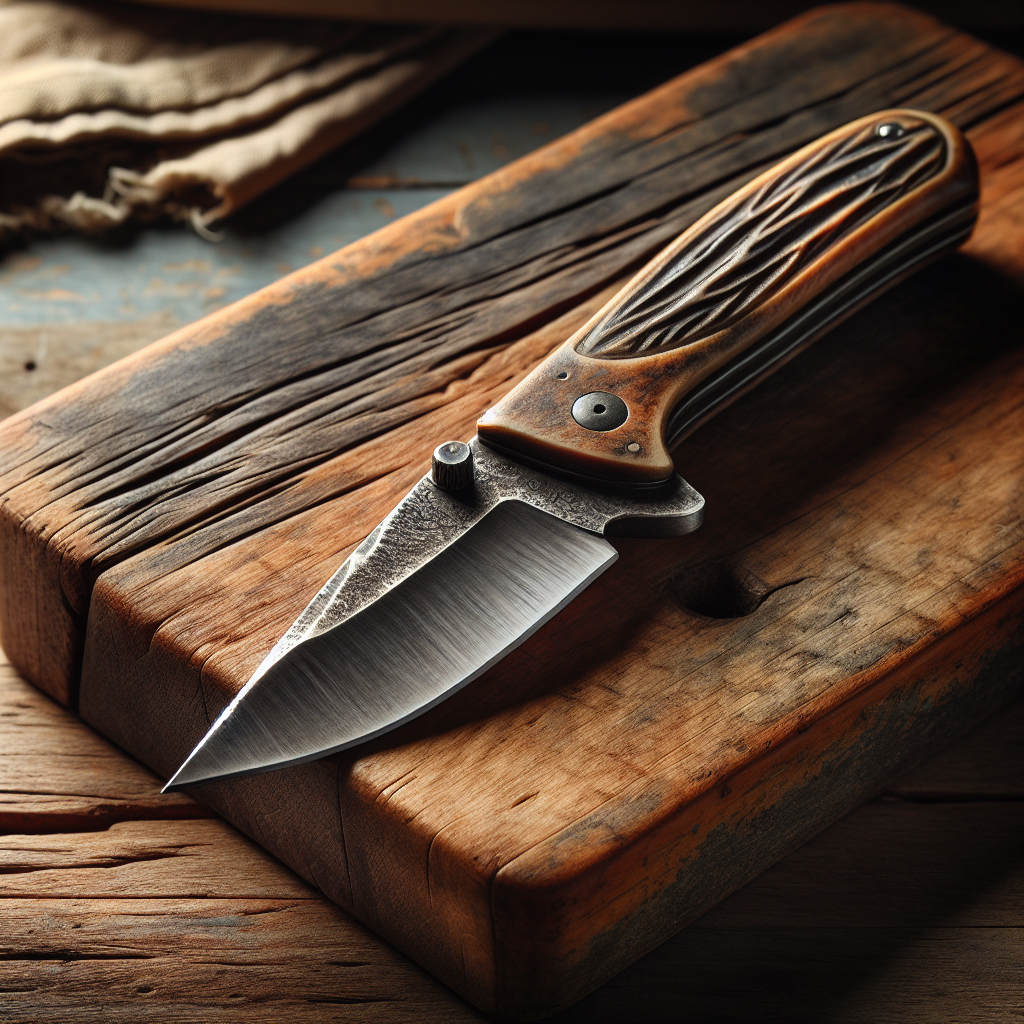Introduction to My Trusted Companion
Over the years, y’all, I’ve had my fair share of knives, from hunting blades to pocket knives. But there’s one that’s stuck by me through thick and thin—my trusty fixed-blade knife. It’s not just any tool; it’s the best knife I’ve ever owned, and it’s been with me for over a decade. Let me tell you why this piece of steel is more than just a cutting instrument; it’s a part of my life.
What Makes a Knife Last 10 Years?
The longevity of a knife hinges on several factors: the quality of the material, the craftsmanship, and how it’s maintained. My blade, crafted from high-carbon stainless steel, resists rust and holds an edge longer than most. The full tang construction, where the blade steel extends all the way through the handle, provides exceptional durability and a balanced feel that’s hard to come by.
But let’s not overlook the importance of regular maintenance. Just like a trusty old truck, a good knife needs care—regular cleaning, sharpening, and proper storage. It’s this combination of built quality and tender loving care that’s kept my knife ready and reliable for over ten years.
Everyday Reliability in Various Situations
From the backwoods of North Carolina to the streams where I teach fly-fishing, this knife has been a constant companion. I’ve used it to prep bait, cut lines, carve wood for fires, and occasionally even to help make shelters. Its reliability isn’t just about staying sharp; it’s about how it feels in my hand—sturdy and true, no matter the task at hand.
In an age where folks often choose quantity over quality, choosing a knife that stands the test of time is akin to finding a needle in a haystack. This knife has not only performed exceptionally but has also saved me money in the long run, proving that investing in quality pays off.
How to Choose a Knife That Will Last
If you’re on the hunt for a knife that’ll last as long as mine has, there are a few things to keep in mind. First, look for one made from high-quality steel. Second, consider the handle material and construction; it should feel solid and fit comfortably in your hand. Lastly, think about the type of blade that suits your needs—whether it’s a versatile drop-point or a rugged serrated edge.
And remember, a good knife should feel like an extension of your hand. It’s not just about how it cuts, but how it feels while you’re cutting. That’s the kind of synergy you want between you and your blade.
Conclusion: More Than Just a Tool
The best knife I’ve ever owned is more than just a tool; it’s a testament to the value of choosing quality over convenience. It’s taught me that with the right care and respect, some things can last a lifetime, becoming a part of your journey and story.
If you’re interested in more about outdoor survival and practical tools, check out What to Do If You Get Lost in the Woods: A Southern Survival Guide. It’s packed with tips that could one day tip the scales in your favor out in the wild.
So, whether you’re a seasoned outdoorsman or just starting out, remember, the right knife can be your best friend in the wilderness, but only if you treat it right.


